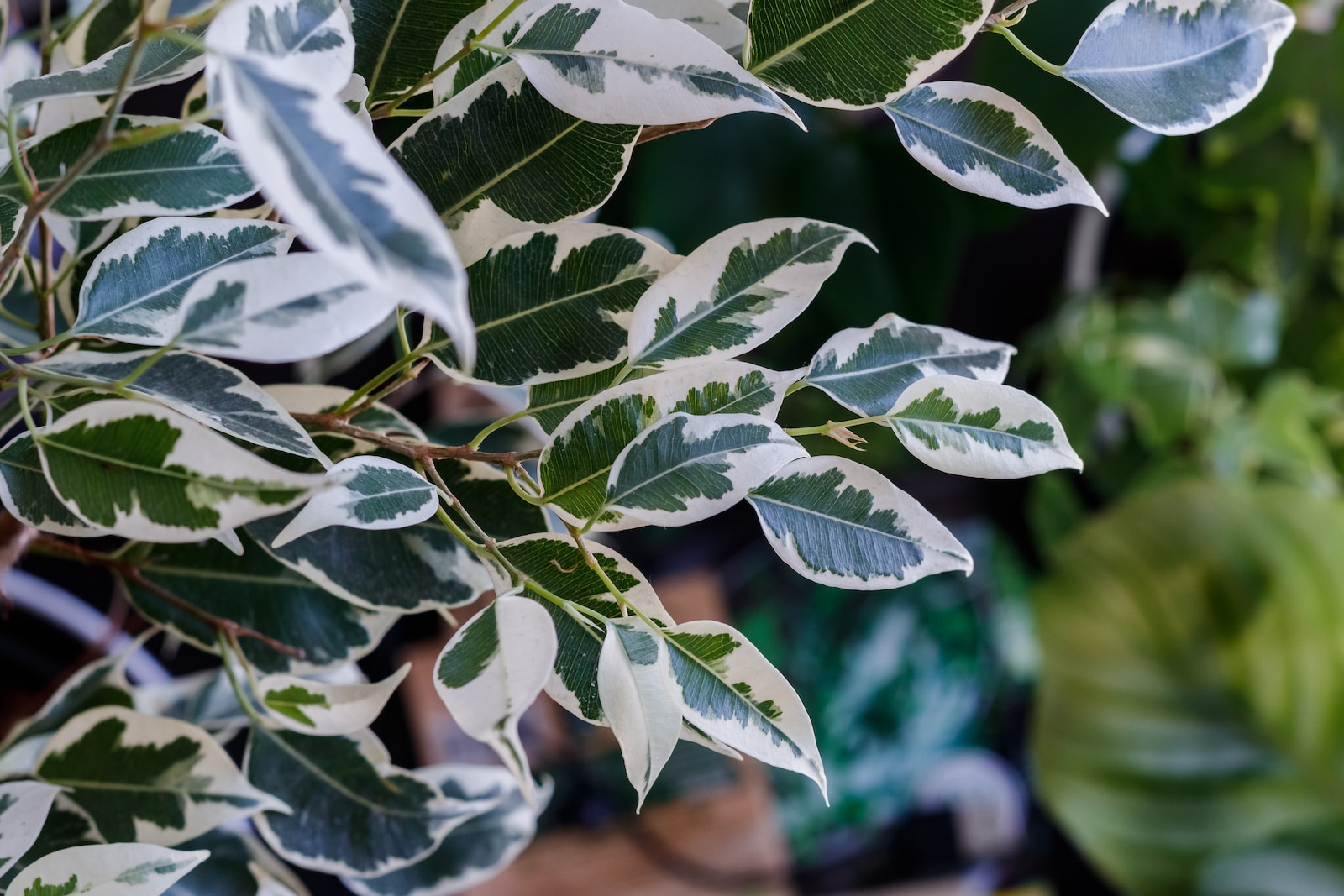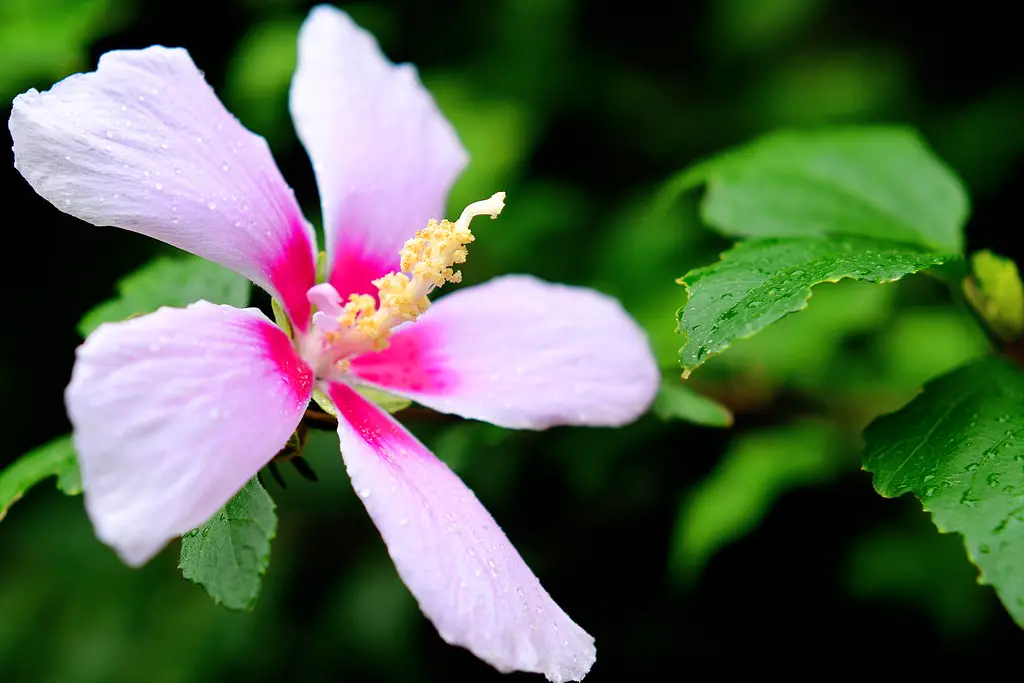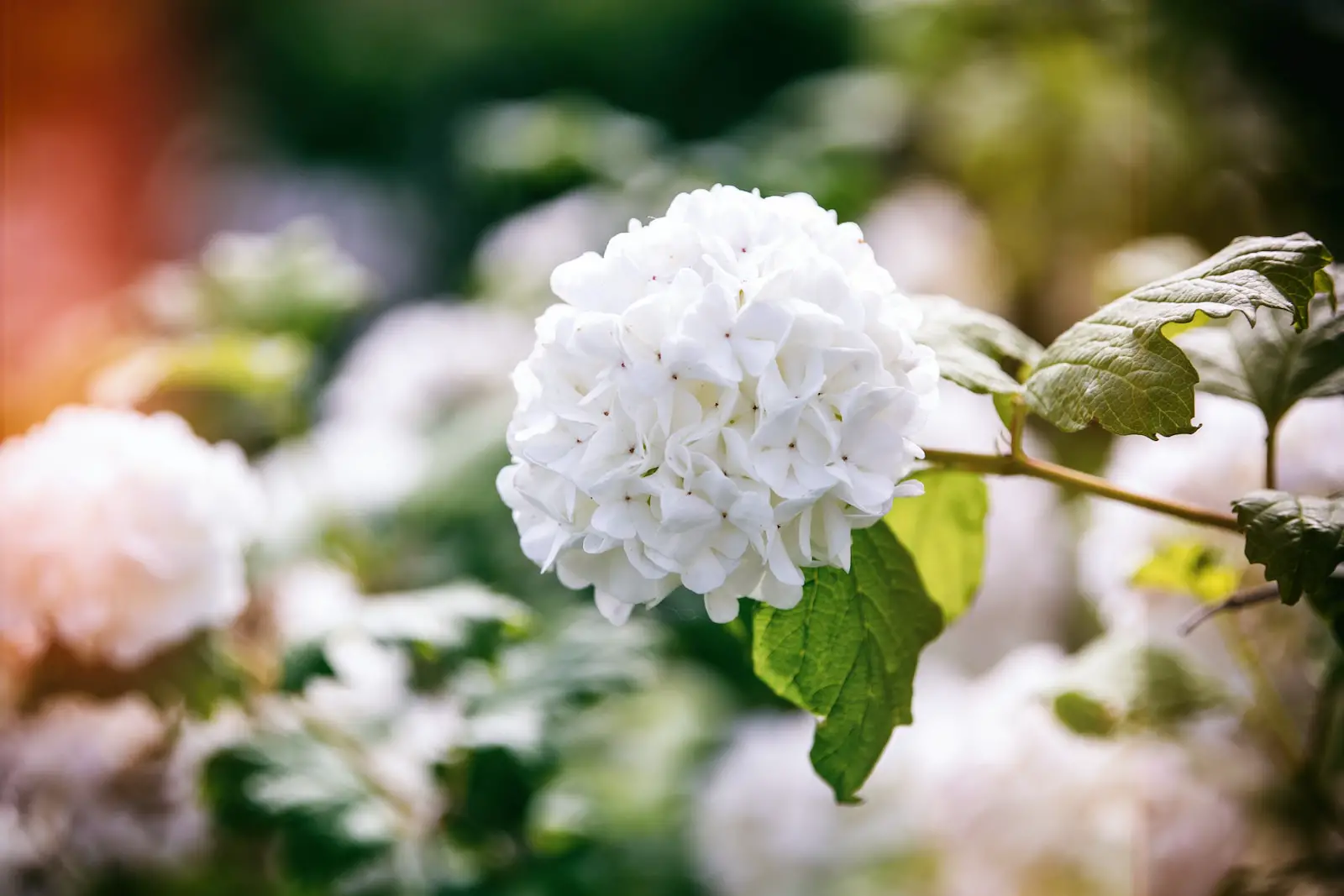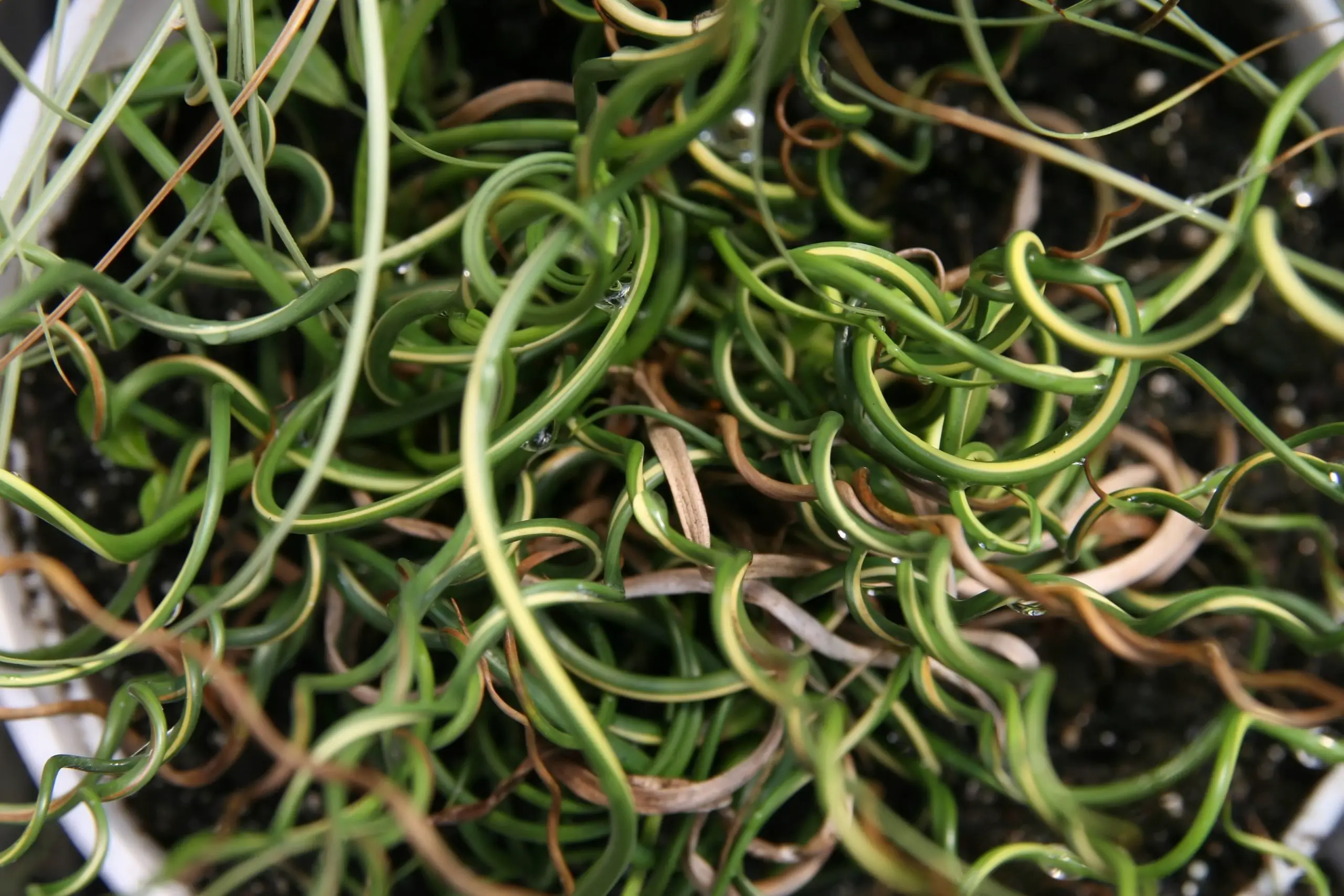Ficus Tineke, often referred to as the Variegated Rubber Plant, is a stunning variant of the Ficus Elastica species. Recognized for its exquisite cream and green variegated foliage, this ornamental houseplant is a delightful addition to any indoor garden. With its striking appearance and relatively simple care routine, it has become increasingly popular among plant enthusiasts.
Native to Southeast Asia, Ficus Tineke is a versatile plant that can adapt to various indoor conditions. In the wild, it grows as a tall tree; however, in indoor environments, it often reaches between 6 to 10 feet in height. The creamy variegation of the leaves sets it apart from its green relatives, and the resilient nature of the plant makes it suitable for both experienced gardeners and beginners.
Apart from its aesthetic appeal, Ficus Tineke also offers air-purifying benefits. By absorbing pollutants and releasing oxygen, it can improve the air quality within a room. The combination of beauty and functionality makes it a beloved choice for homes and offices alike.
| Attribute | Details |
|---|---|
| Common Names | Variegated Rubber Plant, Ficus Tineke |
| Botanical Name | Ficus Elastica ‘Tineke |
| Family | Moraceae |
| Plant Type | Evergreen Tree |
| Mature Size | 6-10 feet (indoors) |
| Sun Exposure | Bright, indirect light |
| Soil Type | Well-draining, fertile soil |
| Hardiness Zones | 10-12 |
| Native Area | Southeast Asia |
Ficus Tineke Care
Caring for Ficus Tineke requires a balanced approach to light, water, and soil. The key is to provide enough light to maintain the variegation without scorching the leaves. Regular but cautious watering, ensuring the soil is dry to an inch below the surface, is necessary to keep the plant happy and thriving.
Ficus Tineke’s foliage is particularly sensitive to water quality, so using filtered or distilled water can prevent leaf spotting. Regular cleaning of the leaves not only enhances their appearance but also ensures that the plant can absorb light efficiently. By monitoring and adapting to the plant’s needs, one can cultivate a lush and vibrant Ficus Tineke.
Light Requirement for Ficus Tineke
Ficus Tineke thrives in bright, indirect sunlight. A west or east-facing window filtered through a sheer curtain can be an ideal location. Too much direct sunlight can cause the variegation to fade or leaves to scorch.
Soil Requirements for Ficus Tineke
A mixture of peat, pine bark, and perlite creates a well-draining soil that retains some moisture. Adequate drainage prevents waterlogging and the risk of root rot.
Water Requirements for Ficus Tineke
Watering Ficus Tineke when the top inch of soil is dry ensures that the plant receives enough moisture without becoming soggy. Overwatering can lead to root problems, so it’s essential to allow the soil to dry slightly between watering.
Temperature and Humidity
Ficus Tineke prefers temperatures between 60-75°F (15-24°C) and appreciates higher humidity levels. Keeping it away from drafts and sudden temperature changes ensures its well-being.
Fertilizer
Fertilizing with a balanced liquid fertilizer every month during the growing season nourishes Ficus Tineke. Refraining from fertilizing during the winter allows the plant to rest.
Pruning Ficus Tineke
Trimming Ficus Tineke during the growing season helps in shaping the plant and removing any unhealthy or damaged leaves. Pruning promotes bushier growth and maintains the desired size.
Propagating Ficus Tineke
Stem cuttings can propagate Ficus Tineke. Rooting hormone and placing the cutting in a warm, humid environment can increase the success rate of propagation.
How To Grow Ficus Tineke From Seed
Growing Ficus Tineke from seed is uncommon and slow. Using well-draining soil, maintaining warmth and consistent moisture are essential for successful germination.
Common Pests & Plant Diseases
Spider Mites
Regularly wiping leaves and using insecticidal soap can control infestations.
Scale
Applying horticultural oil spray is effective against scale.
Leaf Spot
Avoiding overhead watering and maintaining proper air circulation can prevent this fungal disease.
Common Problems With Ficus Tineke
Dropping Leaves
Often caused by sudden environmental changes or overwatering, monitoring conditions can prevent leaf drop.
Fading Variegation
Insufficient light may lead to fading variegation; relocating the plant to a brighter location can restore the color.
Brown Tips
Low humidity or excessive fertilization can cause brown tips. Adjusting humidity and fertilizer use can resolve this issue.
Pro Tips
- Use filtered or distilled water to avoid leaf spotting.
- Position the plant in bright, indirect light to maintain variegation.
- Monitor soil moisture and avoid overwatering.
- Regularly clean leaves to maintain appearance and health.
- Provide adequate humidity, especially during dry winters.



